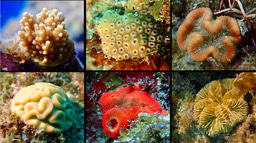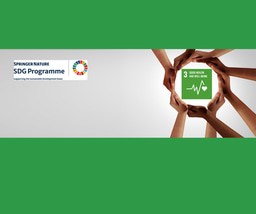Artificial intelligence for diagnosing a rare eye disease
Published in Bioengineering & Biotechnology

In 2011, our team launched a pilot project aiming at conducting clinical and translational research on congenital cataracts (a rare eye disease causing irreversible vision loss), named Childhood Cataract Program of the Chinese Ministry of Health (CCPMOH) [1]. As part of this pioneering program, we have collected clinical data from thousands of patients in our clinical database (the largest for congenital cataracts, and registered at www.clinicaltrials.gov; NCT01417819). The database contains information about the entire treatment process as well as follow-up records.
At the beginning of 2015, we were inspired by the work of DeepMind, a Google subsidiary that showed that a machine-learning algorithm can beat professional human players at classic video games [2,3]. The rapid development of, and remarkable innovation in, deep-learning algorithms [4], and our growing dataset gave us confidence for the idea that machine learning could help doctors diagnose rare diseases. We therefore mused with the preliminary idea of creating an AI agent for helping doctors diagnose congenital cataracts.
To translate our idea into practice, we cooperated intensively with Prof. Xiyang Liu’s team in Xidian University for nearly two years. With their strong technical support and expertise, we created CC-Cruiser, an AI agent with integrated functions that include diagnostics, risk stratification and treatment suggestions (Figure 1).

Figure 1. The functional architecture of CC-Cruiser.
Then, we encountered the first bottleneck: how to validate the effectiveness of our AI agent in an effective manner? To address this, we designed several specific tests to simulate the complex and chaotic situations in the real clinical world. We conducted a multihospital clinical trial to test whether our agent could be directly used in non-specialized collaborating hospitals. The results of a website-based study validated our agent’s versatility and generalization, as we used datasets from multiple sources and greater heterogeneity. We also conducted a comparative performance test between CC-Cruiser and individual human ophthalmologists. Finally, we designed a ‘finding a needle in a haystack’ test to validate the agent’s ability when facing realistic rare-disease scenarios. These validation tests confirmed that CC-Cruiser could handle real-world scenarios really well; in fact, CC-cruiser performed just as well as expert ophthalmologists.
The second bottleneck that we encountered was: how to effectively use the AI agent in a clinical application? We decided to establish a website-based CC-Cruiser (available at https://www.cc-cruiser.com/version1), and created a multihospital cloud-based platform (Figure 2) that could efficiently combine the diagnostic expertise and needs of ophthalmologists with the predictions from the AI agent. We designed this collaborative platform bearing in mind that it could be expanded for the collaborative management of other rare diseases.

Figure 2. Mechanism of the multi-hospital cloud intelligence platform.
The efficiency of this collaborative platform should be validated in different clinical scenarios. Further efforts are needed to explore the feasibility of clinical implementation more broadly, as well as whether the combination of AI and physician expertise could lead to improved quality of patient care, especially for intractable healthcare problems, which would be one of core projects in my future research career.
Our paper: Long, E. et al. An artificial intelligence platform for the multihospital collaborative management of congenital cataracts. Nat. Biomed. Eng. 1, 0024 (2017).
References:
1. Lin, H., Long, E., Chen, W. & Liu, Y. Documenting rare disease data in China. Science 349, 1064 (2015).
2. Mnih, V. et al. Human-level control through deep reinforcement learning. Nature 518, 529-533 (2015).
3. Gibney, E. DeepMind algorithm beats people at classic video games. Nature 518, 465-466 (2015).
4. LeCun, Y., Bengio,Y. & Hinton, G. Deep learning. Nature 521, 436–444 (2015).





Please sign in or register for FREE
If you are a registered user on Research Communities by Springer Nature, please sign in